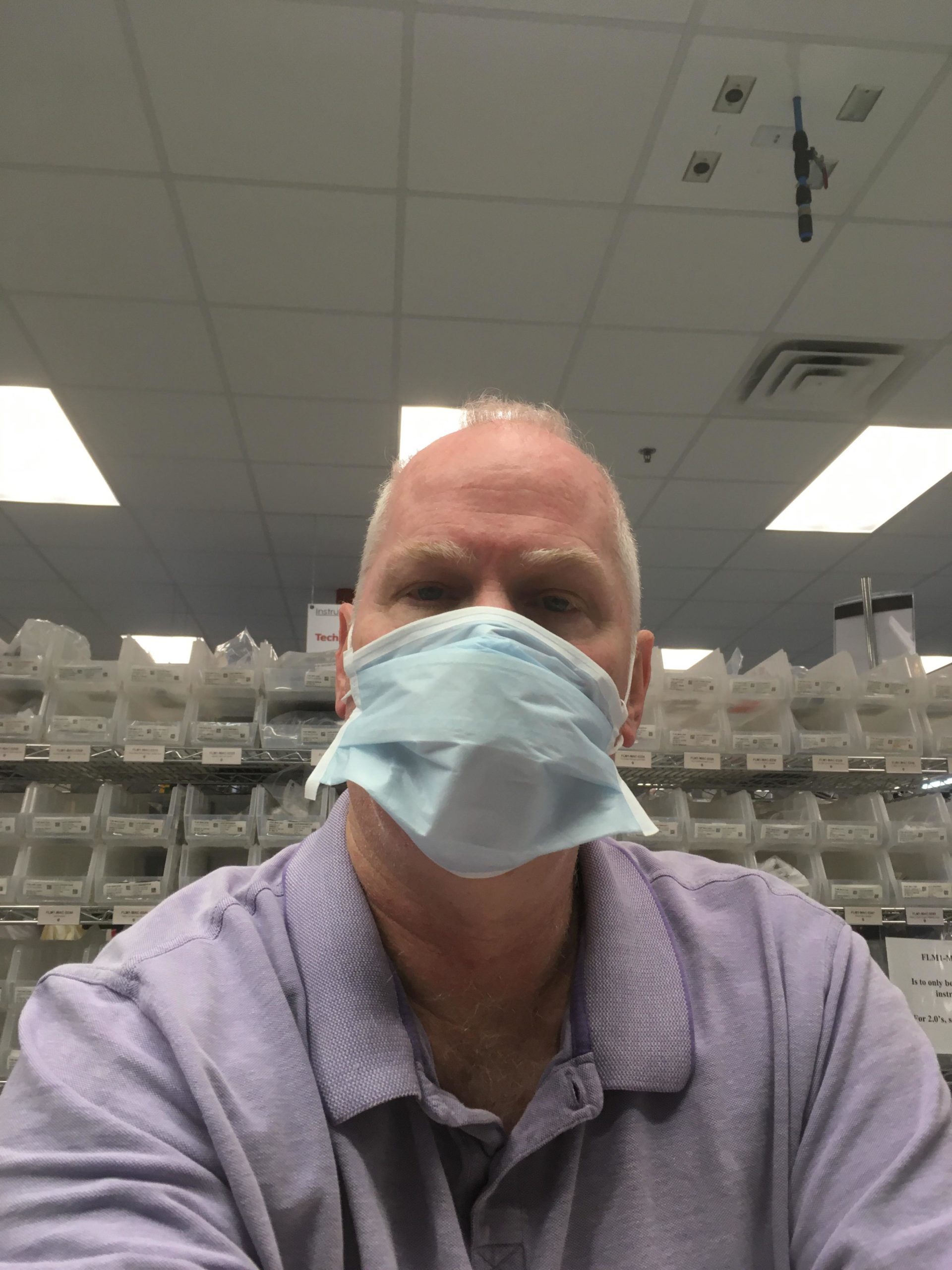Exoneree Brandon Moon Fixes COVID-19 Testing Equipment in Utah
u0022I love that what I do uses DNA to help heal people and save lives.u0022
04.06.20 By Alicia Maule
Former Innocence Project client Brandon Moon is a technician at BioFire Diagnostics in Utah, where his work has pivoted to focus on the COVID-19 pandemic. Since being exonerated exactly 15 years ago on April 6, 2005, Moon has been working as a technician. Right now, he is working to fix equipment that uses DNA to test for viruses and diseases.
His company has also developed a test to determine whether COVID-19 is present in a patient. Moon talked to the Innocence Project’s Digital Engagement Director, Alicia Maule, about what it’s like to work on COVID-19 tests, the safety precautions he’s taking and why compensation for exonerees is more important now than ever.
I’ve been a technician my whole life. I worked as a technician in the Army, and even when I was in prison, I worked in unit maintenance. Since I’ve been out of prison, I’ve worked at a casino and Garmin (a technology company) for a while as a technician. Then, I moved to Utah and applied for a job at BioFire — it was a small company back then.
I think what got me the job was my knowledge of DNA, which is what I used to prove my innocence and get out of prison. Because of this, I could understand what was going on in the test. I love that what I do uses DNA to help heal people and save lives.
I think what got me the job was my knowledge of DNA, which is what I used to prove my innocence and get out of prison.
The piece of equipment I am working on now runs a DNA test for viruses and diseases. We also had to develop one for COVID-19 and with it we can give a pretty accurate positive or negative result. Now, as more instruments are out in the field being used to test for COVID-19 as we see more cases, they will break down and then get sent to us, and we fix them.
But people don’t really know about the work I do. When the coronavirus pandemic first reached Utah four weeks ago or so, my daughter Anna was sick and I took her to the emergency room and the doctors said, “You do what? How come I didn’t know BioFire did this thing?”
I love that what I do uses DNA to help heal people and save lives.
It’s kind of specialized. The people who need to know, know. The general public doesn’t really know about it. But most of the people who understand what’s been going on knew this pandemic was going to happen right from the start, when we first heard about the COVID-19 outbreak in China. However, we needed to wait until we had biological specimens before we could work on them. We needed scientists to isolate the genomes, so we could develop a test.
We had tests for three or four kinds of coronaviruses, including SARS and MERS, which were previous outbreaks of viruses in the same family and were also deadly. But to distinguish those viruses from this particular virus, we needed more data. Here, on the service team, we knew we would need to ramp up our work for when we got this data.


Leave a Reply
Thank you for visiting us. You can learn more about how we consider cases here. Please avoid sharing any personal information in the comments below and join us in making this a hate-speech free and safe space for everyone.